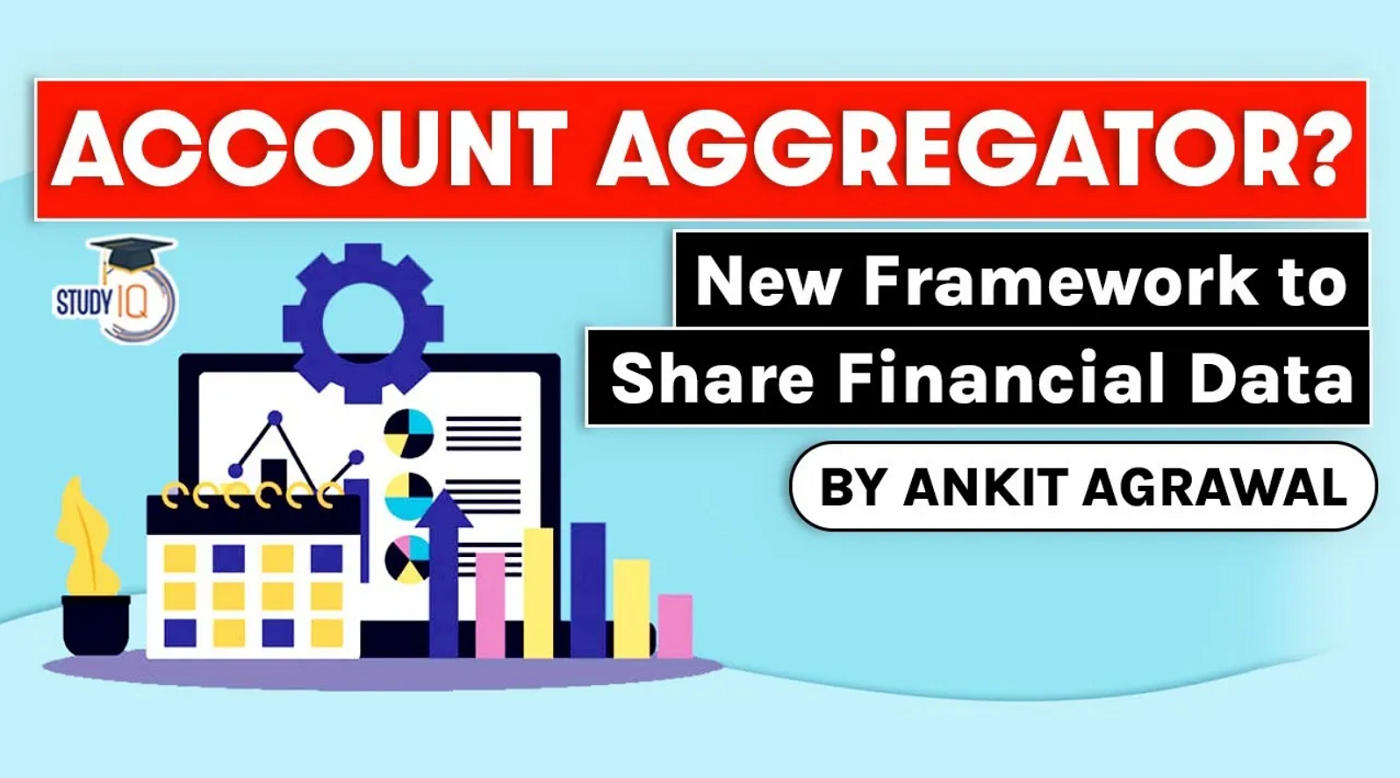Table of Contents
What has happened?
- On September 2, the Reserve Bank of India launched the account aggregator framework aimed at making financial data more easily accessible.
- Under it, a number of fin-tech entities have been granted the licence to operate as account aggregators.
- Eight large banks have also agreed to share various financial data about their customers with account aggregators.
How will an account aggregator work?
- The framework will allow financial data to be exchanged between the holders of data and its users.
- The RBI has allowed a number of companies like PhonePe to act as account aggregators to facilitate this process.
- Account aggregators will act as intermediaries who will collect data from one financial entity and exchange it with another.
- For example, a bank which is processing a loan application from a potential borrower may want to access a variety of financial data about the borrower.
- The lending bank can access details of the borrower’s savings, past loan repayment record, mutual fund holdings and insurance holdings through an account aggregator.
- The borrower, however, will have to grant consent for the sharing of his data with the lending bank.
What are its benefits?
- At the moment, the various financial data of an individual is scattered across the databases of several financial institutions.
- So a person’s savings and loans data may be with a bank, his investments data may be with a mutual fund, while his insurance data may be with another financial entity.
- Under the account aggregator framework, all this data can be easily collated and shared through account aggregators with the consent of the individual.
- Proponents of the framework believe that the easier availability of data will have significant benefits for the economy.
- They believe the framework will help financial institutions make better assessment of the creditworthiness of individuals, and thus make better loan decisions.
- Even though mechanisms such as CIBIL already exist to assess the creditworthiness of individual borrowers, their scope is limited.
- An individual’s PAN number, for instance, captures only a limited number of transactions which are of value higher than a certain minimum threshold amount.
- It is said the framework will offer a wider array of data to financial firms, making them more willing to serve creditworthy populations that they earlier ignored.
- Account aggregators can also make life easier for creditworthy customers by allowing them to share their financial data digitally with ease, it is believed.
- The availability of wider financial data may also help financial institutions offer better products tailored to the needs of individual customers.
concerns
- The issue of the security of the financial data of individuals will be a looming concern going forward, given the risk of data theft.
- To protect the privacy of individuals, account aggregators are supposed to receive and share financial data in an encrypted form.
- The RBI has also said the data ownership will reside with individuals.
What next?
- More financial firms are expected to get on board the framework as offering access to their financial databases will help them gain access to the databases of other firms.
- Over time, financial institutions may also mandate access to data available through account aggregators as a condition for individuals to receive loans and other services.
- The eventual success of the framework, however, will depend on multiple factors.
- Some believe an individual’s PAN number may be a better way to access his financial data as it serves as a common link between multiple accounts maintained by an individual.
- Further, the extent to which financial firms desire extensive, micro-level financial data from their customers and the enthusiasm among customers to share their data will also play a crucial role.
Q) The primary goal of the financial management is?
- To maximize the return
- To minimize the risk
- To maximize the wealth of owners
- To maximize profit
Latest Burning Issues | Free PDF























 WhatsApp
WhatsApp